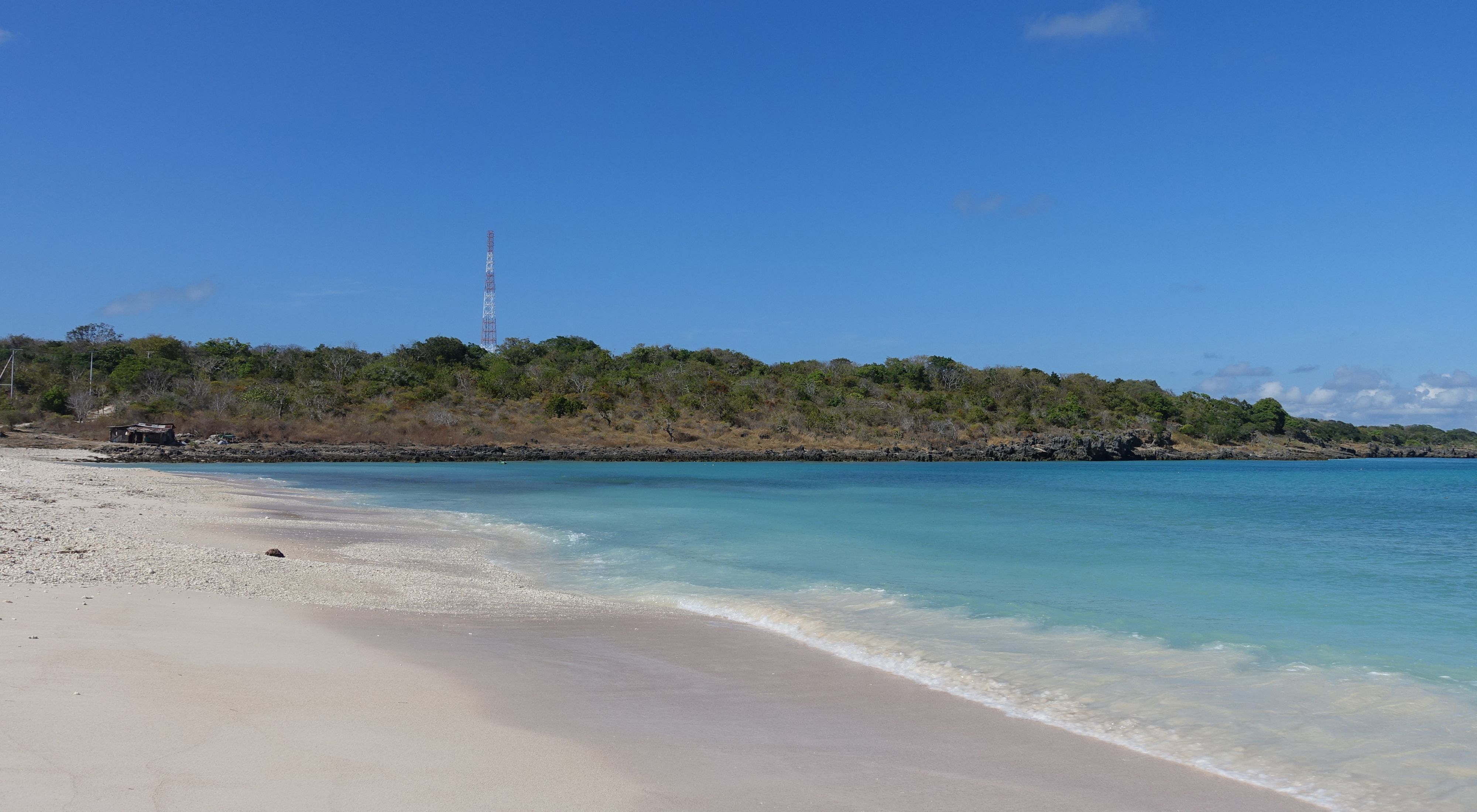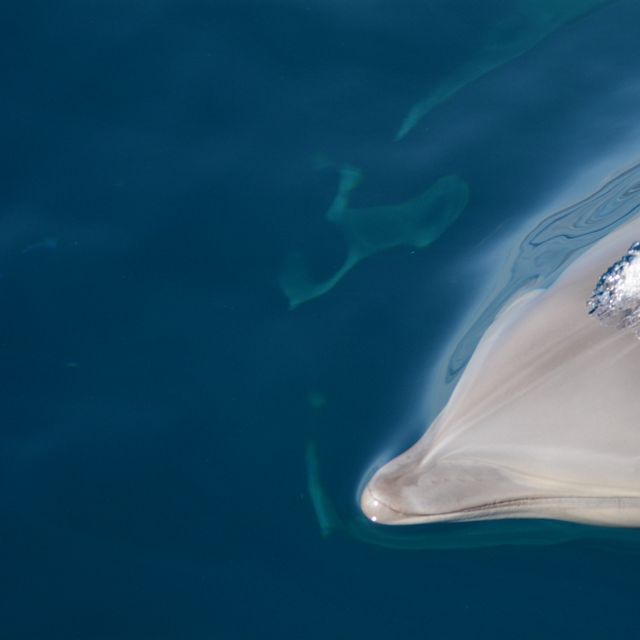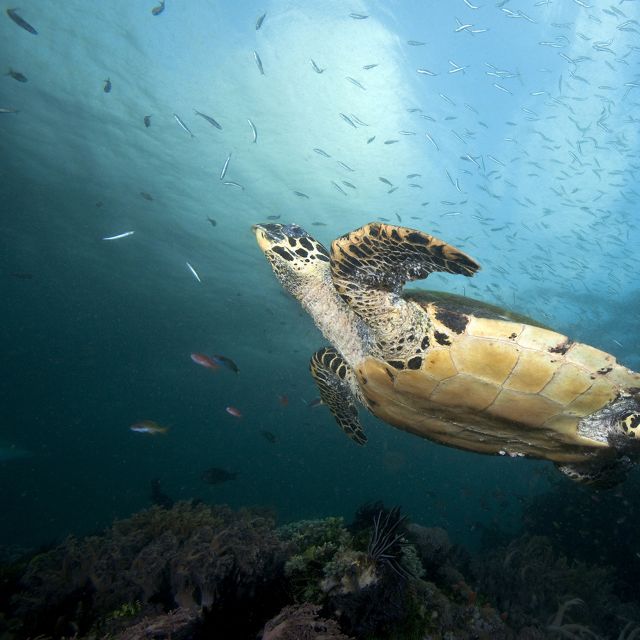YKAN played an active role in assisting the design process and establishing the Savu Sea Marine Conservation Area. YKAN was involved in early studies regarding financial model designs and MPA management plans with Savu PPKKL Team until this area of 3.5 million ha was eventually established as the Savu Sea Marine Conservation Area in 2014. To ensure the effectiveness of the management of this conservation area, YKAN assisted East Nusa Tenggara Provincial Marine and Fisheries Office in formulating Strategic Environmental Study (Kajian Lingkungan Hidup Strategis) as well as oversaw the composition of RZWP3K. YKAN facilitated technical guidance in the form of RZWP3K composition training, strategic issues identifications, data collections and processing for supporting required documents in accordance with Ministry of Fisheries Regulation No. 23 Year 2016, and synchronization of resilient marine area network in East Nusa Tenggara. This zoning design had been agreed upon by considering conservation and development interests for locals’ welfare.
In the process, YKAN conducted Marine Resources Utilization Monitoring, a brief ecology study regarding cetaceans and coral reefs, as well as sea turtle’s nasting locations monitoring to identify important habitat and natural potentials that need to be protected in the Savu Sea.
Moreover, YKAN also strives for sustainable utilization, especially for the seagrass area as a sustainable seaweed aquaculture location, and increases area surveillance by strengthening Manoholo customs institutions’ capacity to apply local wisdom Papadak Hoholok in coastal areas.







